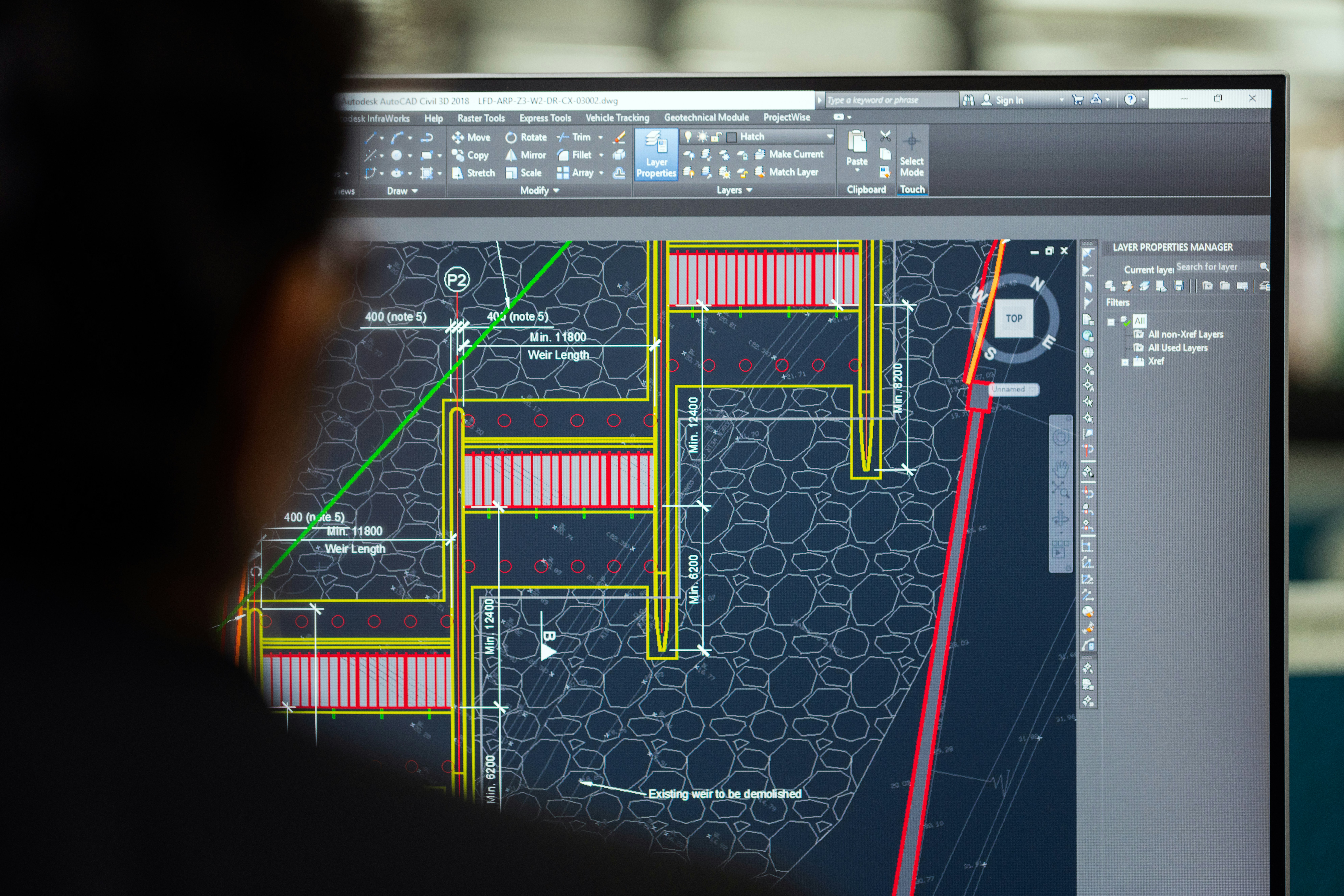
Embarking on a career path transitioning from maintenance to engineering mastery involves a fascinating blend of hands-on experience and theoretical expertise. This journey offers an insightful look into how the skills developed in maintenance roles can lay a robust foundation for a successful career in engineering. Here, we explore what a day in the life of an individual on this path might look like, highlighting the skills and experiences that bridge the gap between maintenance and engineering mastery.
Morning Routine: Harnessing Analytical Skills
For those transitioning from maintenance to engineering, the day typically starts early. With a strong cup of coffee, the morning begins with reviewing the tasks for the day, which might include a mix of maintenance checks and project meetings. Here, analytical skills come into play as the professional assesses which maintenance issues could indicate more extensive system needs—skills directly transferable to engineering.
During this time, engaging with maintenance management software tools helps maintain a bridge to engineering technologies. These tools streamline the maintenance process and enhance understanding of system operations, fostering a more profound knowledge base that benefits later engineering responsibilities.
Mid-Morning: Attending Design and Review Meetings
As the morning progresses, attending design and review meetings becomes crucial. These sessions are pivotal for those transitioning into engineering roles, as they offer insights into the planning, execution, and modification of engineering projects. Communication skills are essential; clearly articulating maintenance findings and how they impact engineering decisions ensures that the transition skills are both seen and valued.
These meetings also serve as a learning platform. By observing and interacting with experienced engineers, maintenance professionals gain insights into complex problem-solving and project management—key aspects of engineering mastery.
Lunch Break: Networking and Professional Development
Lunch breaks are more than just a time to eat; they are a prime opportunity for networking and professional development. Conversations with peers and superiors can open doors to mentorship opportunities and deeper insights into the engineering field. Reading industry publications or engaging in short online courses during this time also helps keep up-to-date with the latest engineering trends and technologies.
Understanding the latest advancements in engineering software, such as CAD (Computer-Aided Design) and simulation tools, is crucial for those transitioning from maintenance to engineering. These tools are indispensable in engineering, and familiarity can significantly smooth the transition.
Afternoon: Hands-On Engineering Tasks
Post-lunch hours are often dedicated to hands-on engineering tasks. This is where the rubber meets the road, with maintenance professionals applying their troubleshooting and repair skills to broader engineering objectives. Whether it’s drafting a new component design to solve a recurring maintenance issue or testing prototypes, the afternoon is filled with activities that blend old and new skills.
During this time, project management skills are honed. Managing timelines, resources, and documentation for engineering projects are tasks that maintenance professionals learn to handle more efficiently as they grow in their new roles.
Late Afternoon: Reflection and Planning
Reflecting on the accomplishments and lessons becomes essential as the day winds down. This period is crucial for identifying areas of improvement and success, helping to set goals for future learning and project milestones. Planning for upcoming projects or continuing education classes also takes place, ensuring a commitment to ongoing professional development.
This time also allows for reviewing technical documentation and engineering drawings, further enhancing the understanding and application of engineering principles in real-world scenarios.
Continuous Learning and Adaptation
The journey from maintenance to engineering mastery is marked by continuous learning and adaptation. Each day offers new challenges and opportunities to apply maintenance expertise to solve complex engineering problems. By leveraging hands-on experience and embracing a rigorous learning curve, professionals can make a successful transition, ultimately leading to a fulfilling career in engineering.
This pathway not only enriches the individual’s career prospects but also enhances the operational capabilities of their teams, driving innovation and efficiency in their projects. As each day passes, the journey from maintenance to engineering mastery unfolds, filled with learning, growth, and the satisfaction of overcoming new challenges.